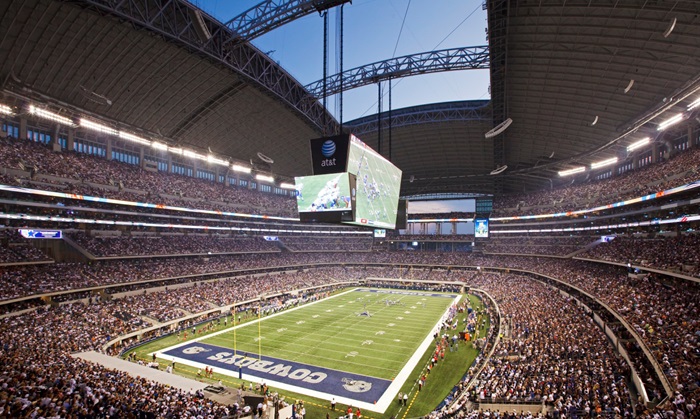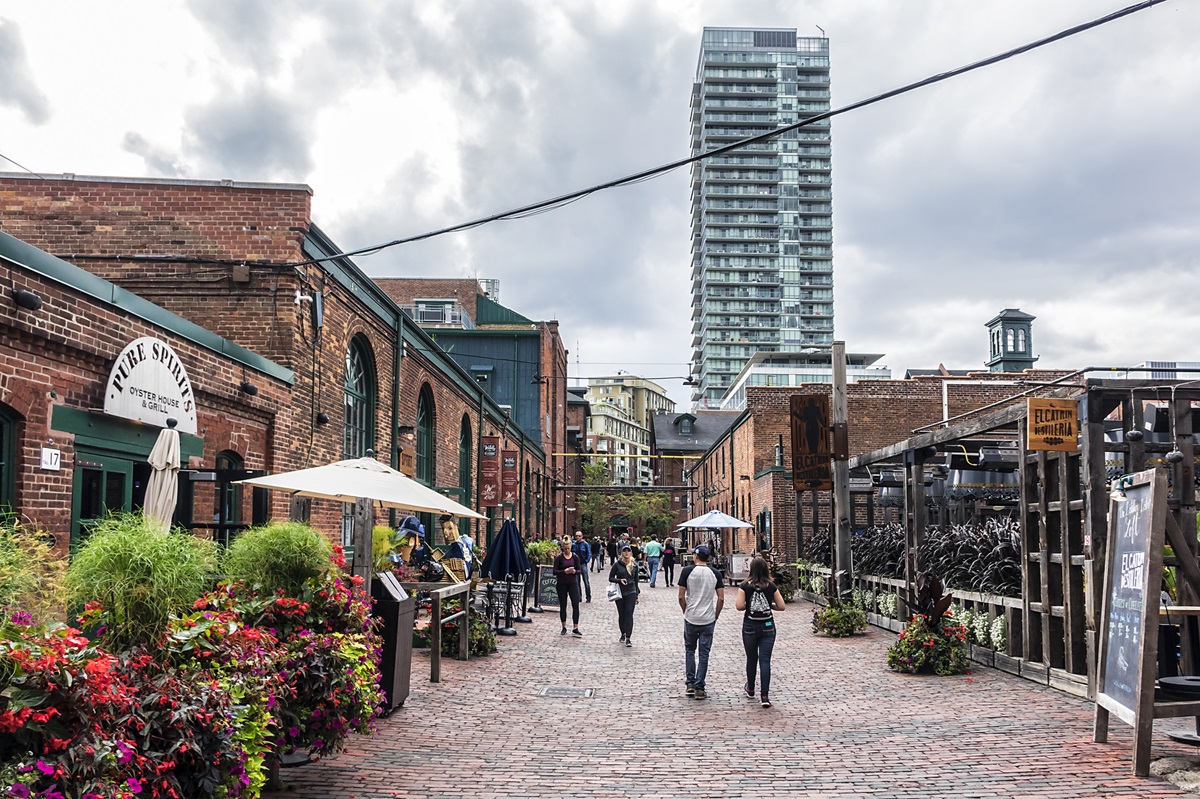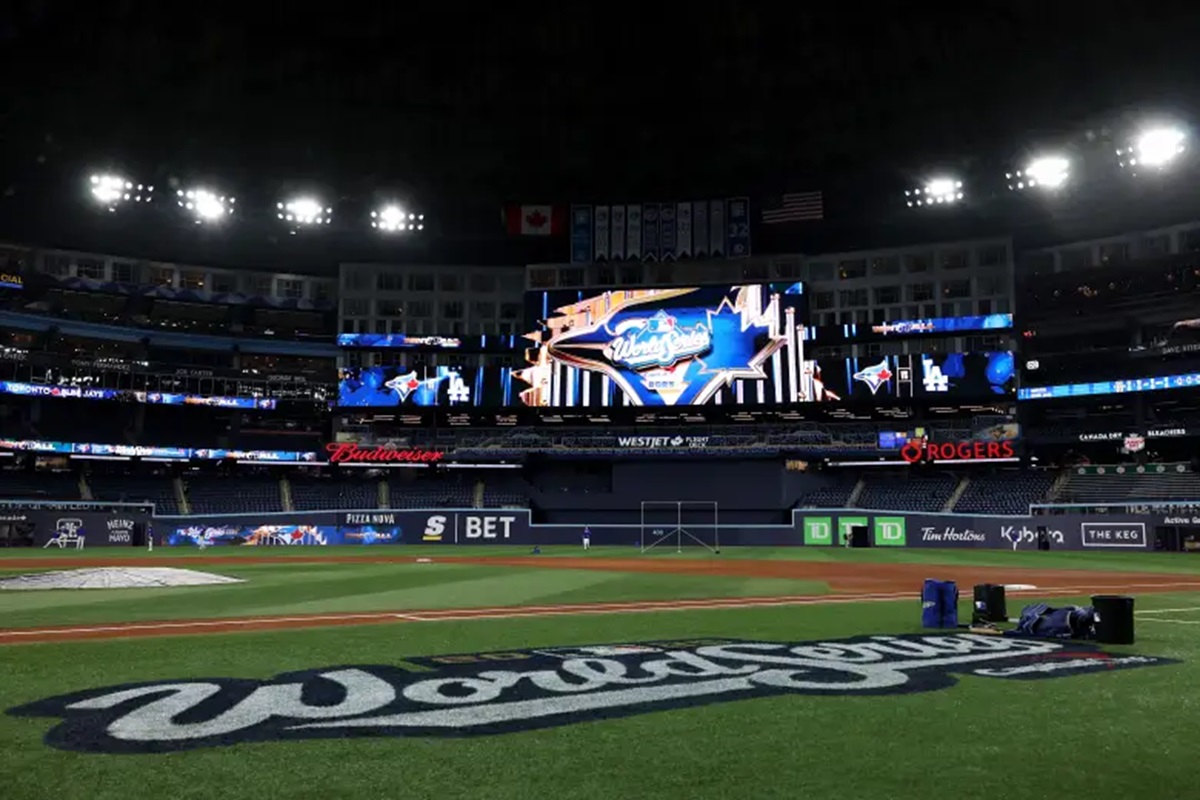When the first whistle blows in the summer of 2026, it won’t just mark the kickoff of the biggest FIFA World Cup ever—featuring 48 nations and 104 matches—it will also debut a transcendent new global stage: a network of architectural marvels stretching across Canada, the United States, and Mexico. These aren’t just venues; they’re the physical embodiment of soccer’s future—smart, sustainable, stunning.
Let’s explore the most spectacular stadiums set to host the 2026 FIFA World Cup and how they’ll shape the spectacle on and off the pitch.
SoFi Stadium (Inglewood, Los Angeles): Transparent Brilliance Meets Tech Theatre
Capacity: 70,240 (expandable to 100,000)
Scheduled Matches: 6 (5 group-stage + 1 quarter-final on July 10)
SoFi isn’t just the most expensive stadium ever built—it’s the future, wrapped in curved glass. A 13-story tower scoreboard (the first of its kind), a panoramic, transparent canopy, and city-spanning views place this venue in a class of its own. No wonder it’s a top-tier World Cup host. Expect cinematic lighting, immersive tech, and an atmosphere that feels more sci-fi than soccer.
Estadio Azteca (Mexico City): The Living Legend Returns

Capacity: ~87,523
Scheduled Matches: Multiple, including the tournament opener
The “Coloso de Santa Úrsula” is the only stadium on Earth to have hosted two World Cup finals (1970, 1986). In 2026, it returns to the global spotlight as the only venue to host three separate World Cups. Steep stands and an enclosed bowl design amplify the roar of nearly 90,000 fans—making it arguably the loudest cathedral in soccer. Renovations underway include updated seating, modern hospitality suites, and enhanced accessibility—all with one goal: preserve the magic, modernize the infrastructure.
Related content: How BMO Field and BC Place Are Redefining the 2026 FIFA World Cup Experience
Mercedes-Benz Stadium (Atlanta): The Halo of the South

Capacity: 71,000 (expandable to 75,000)
Scheduled Matches: 6 (5 group-stage + 1 semi-final)
Imagine a roof that opens like a camera lens and a 360-degree LED halo board five times larger than any scoreboard before it. That’s what fans can expect in Atlanta’s steel-and-glass fortress. Beyond the tech, it offers killer skyline views and an ultra-connected fan experience. Atlanta’s match lineup includes a crucial semi-final, and with state-of-the-art cooling and acoustics, expect a loud, electric, and comfortable crowd.
AT&T Stadium (Arlington/Dallas): The Colossus of Texas

Capacity: 80,000 (expandable to 100,000)
Scheduled Matches: 9 matches, the most of any venue (group games, 2 Round-of-32, 1 Round-of-16, 1 semi-final)
Everything’s bigger in Texas—and AT&T Stadium proves it. Its center-hung HD screens once held world records, while its retractable roof and walls turn football into theater. Hosting nine games including a semi-final, this venue will be one of the tournament’s epicenters. It’s less a stadium and more a soccer megastructure.
GEHA Field at Arrowhead Stadium (Kansas City): The Cauldron of Noise
Capacity: 76,416
Scheduled Matches: 4 (3 group-stage + 1 quarter-final)
Don’t let its 1972 opening date fool you—Arrowhead is iconic for a reason. Known for the loudest crowd noise in sports history, its steep stands and open bowl design make it an acoustical nightmare for opponents. No retractable roof, no massive screens—just 76,000 fans turning every match into a gladiator arena. Tailgating legends and community spirit make it an emotional core of 2026.
BC Place (Vancouver): North by Northwest
Capacity: 54,500
Scheduled Matches: 7 (5 group-stage, 1 Round-of-32, 1 Round-of-16)
Framed by mountains and water, BC Place features the world’s largest retractable fabric roof and an exterior that glows like the aurora borealis. The 2011 renovation made it one of the most advanced stadiums in Canada, and its central downtown location means fans are steps away from food, nightlife, and world-class nature. Think global spectacle meets West Coast chill.
BMO Field (Toronto): Canada’s Intimate Cauldron
Capacity: 45,736 (after expansion)
Scheduled Matches: 6 (5 group-stage + 1 Round-of-32)
Canada’s soccer roots run deep at BMO Field—home to some of the country’s most passionate fans. While its size is modest, its vibe is mighty. A major expansion will nearly double its original capacity, and the surrounding Exhibition Place campus will transform into a World Cup hub. It’s a uniquely Canadian blend of intimacy and innovation.
Estadio BBVA (Monterrey): Steel, Sky, and Elegance
Capacity: 53,500
Scheduled Matches: 4 (3 group-stage + 1 Round-of-32)
Monterrey’s BBVA isn’t just a stadium—it’s a sculpture in steel. The stadium’s “gills” let in mountain breezes while its open design gives every fan a view of the nearby Sierra Madre. Inside, it’s pure class: the most luxurious hospitality zones in Latin America, built into an environmentally conscious structure. Expect aesthetics and atmosphere in equal measure.
Estadio Akron (Guadalajara): Volcano Views and Sensory Firsts
Capacity: 49,813
Scheduled Matches: 4 group-stage matches (June 11, 18, 23, 26)
Carved into a dormant volcano, Akron’s flowing lines mirror the surrounding topography. It’s the first Mexican stadium to feature a Sensory Room—a calm, inclusive space for neurodivergent fans. That’s more than design—it’s dignity. It also brings hi-def scoreboards, new audio systems, and a local fan base known for their fire.
MetLife Stadium (New Jersey/New York): The Final Stage

Capacity: 82,500
Scheduled Matches: Including the 2026 World Cup Final (July 19)
New York hosts the climax. The World Cup final lands at MetLife, a colossal venue where concrete meets culture. While its design is more NFL-functional than futuristic, its scale and location give it cinematic gravitas. Easy access to NYC and a vast seating bowl will make this the most globally-watched match in history.
Other Key Stadiums to Watch
- Gillette Stadium (Boston/Foxborough) – 64,628 seats, 7 matches, and a brand-new 218-foot lighthouse tower with a public viewing deck.
- Hard Rock Stadium (Miami) – 65,300 seats, 7 matches, tropical vibes, and upgraded hospitality post-2016 renovation.
- Lumen Field (Seattle) – ~68,000 seats, six group-stage matches, a partial roof covering 70% of seats, and a passionate Sounders fan base.
- Lincoln Financial Field (Philadelphia) – 67,594 seats, 6 matches, including a July 4th Round-of-16 clash.
- Levi’s Stadium (San Francisco Bay) – 68,500 seats, 5 group-stage matches, cutting-edge solar integration.
- NRG Stadium (Houston) – 72,220 seats, 7 matches, and massive tailgates under a retractable roof.
Connected, Tech-Forward Experience
The 2026 World Cup won’t just be watched—it will be lived. Every stadium is equipped for 8K cameras, AR overlays, real-time stats, and biometric entry. Venues like Seattle’s Lumen Field and Toronto’s BMO Field are also focused on accessibility, from expanded wheelchair areas to inclusive sensory zones.
Green Goals—and Their Limits
All 16 host cities tout eco-friendly efforts: LEED-certified construction, water-efficient plumbing, solar panels. But let’s be clear: with 48 teams and 16 cities across three countries, this will be the most carbon-intensive World Cup ever. The challenge now is not just efficient stadiums—it’s sustainable transport, food systems, and infrastructure beyond the pitch.
Final Whistle: What Makes a Stadium Truly Spectacular?
It’s not just size or tech—it’s story. From SoFi’s shimmering skin to Arrowhead’s thunderous walls, from the mythic aura of Azteca to the community-driven upgrade of BMO Field, these 16 stadiums embody what this World Cup aims to be: a historic, immersive, and inclusive global moment.
After the final trophy is hoisted on July 19 at MetLife, these venues will stand as symbols. Of what we built. Of what we dreamed. And of where the game can go next.
Photo of the portrait: Depositphotos








Trackbacks/Pingbacks